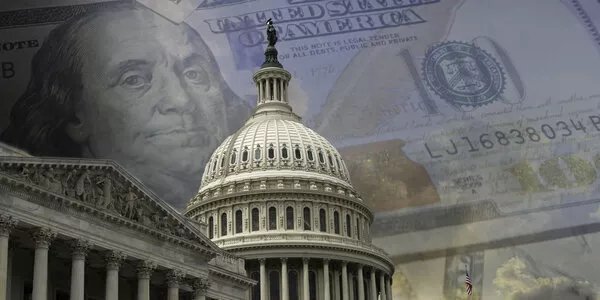
Weekly Update - Economy did well in Q1 despite gathering clouds
Banking turbulence may have shaken financial markets in March, but activity in developed markets has beaten expectations throughout 1Q23. What happens to banks, particularly American regional banks, will be decisive for the economy over the next few months.
Business surveys show a surge in confidence, especially in services. March data confirmed that services performed strongly across all the big developed economies in the first quarter of the year (PMI surveys, see charts). In manufacturing, surveys continue to flag contraction, but the picture is slightly less grim than at the turn of the year. What is more, the same surveys show that while price pressures on inputs are somewhat easing, they remain high for companies’ factory gate prices related to historical average, further evidence that while inflation should continue to decline it will be some time before underlying price pressures reach a level central banks can be happy with.
Household confidence ticks up but remains fragile. In 2022, household confidence on both shores of the Atlantic was shaken by surging inflation and fears about the Ukraine war. We can now see some improvement in Q1 2023. In the United States, the March Conference Board survey, which already captured the start of the banking turmoil, nonetheless surprised on the upside. In that sense, monthly statistics on household income and consumption show incomes still rising while consumption has moderated, resulting in a slight increase in the savings rate.
Struggling banks will take their toll, particularly in the United States. Economic activity in the US and in Europe performed positively in 1Q23, encouraging central banks to maintain a hawkish tone just ahead of the recent bank failures. This is clearly reassuring. It confirms our analysis that economies have genuine buffers that will see them through any turbulence and avoiding hence a hard landing. However, the banking sector tensions could have broader consequences for the economy in both short and medium terms. For one thing, these pressures reflect a rise in uncertainty. This will affect decisions by all economic actors and damp down economic activity. For another, current pressures are making banks more cautious when lending to the economy, particularly US regional banks. These banks carry around 40% of the nation’s credit on their books, suggesting bank lending is likely to be increasingly constrained in future.
Finally, in the main events of the week, we have chosen to talk about inflation in the Euro area and to focus on consumption and household income in the United States.





